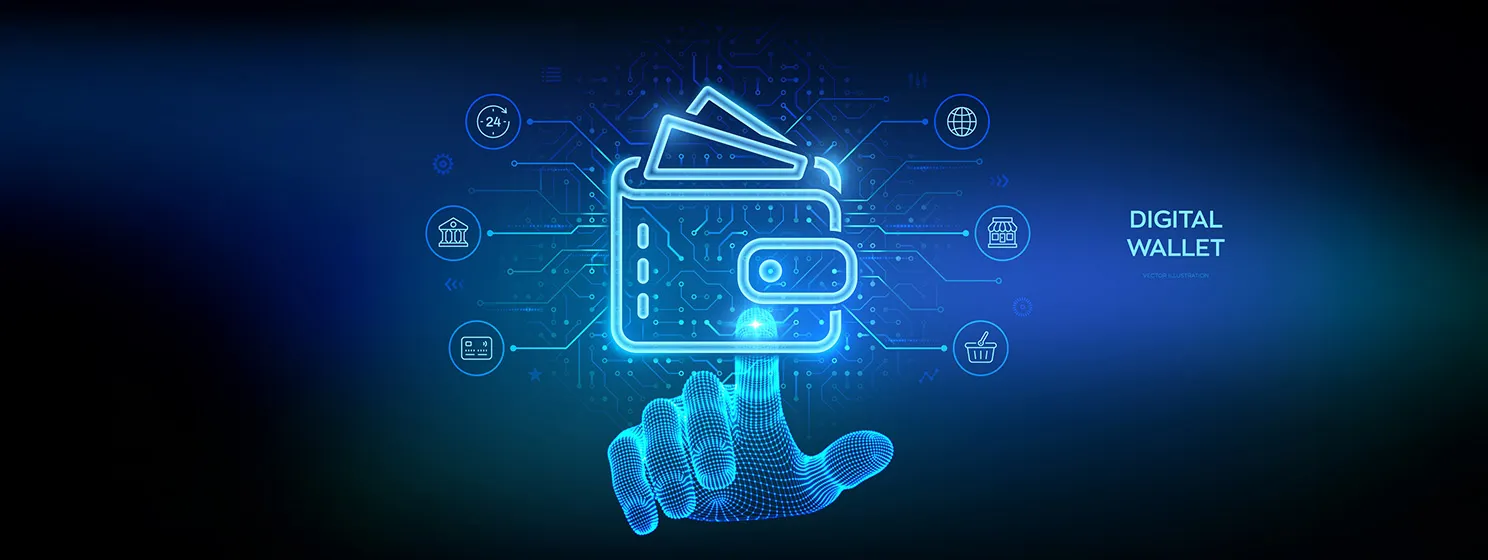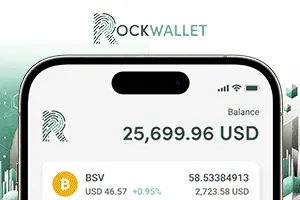|
Getting your Trinity Audio player ready...
|
India’s Unified Payments Interface (UPI), once a bold experiment in digital public infrastructure (DPI), is now emerging as a global payments powerhouse.
In a landmark move, Prime Minister Narendra Modi launched UPI in Trinidad and Tobago, signaling India’s growing ambition to expand its fintech footprint across the Global South and beyond. This marks a defining moment in UPI’s international journey, as it accelerates toward becoming a competitor to traditional global payment giants. With transaction volumes now rivaling—even surpassing—those of global card issuer Visa (NASDAQ: V) on certain days, UPI is not just transforming payments at home but also redefining how the world sees India’s digital capabilities.
Modi’s recent visit to Trinidad and Tobago—the first by an Indian premier to the Caribbean nation in 26 years—underscores the urgency with which India is expanding its digital influence globally. Invited by Trinidad and Tobago’s prime minister, Kamla Persad-Bissessar, Modi’s visit catalyzed a bold new chapter in bilateral relations. The two leaders issued a joint statement highlighting a shared commitment to accelerating digital cooperation. In a significant first, Trinidad and Tobago became the inaugural Caribbean nation to adopt UPI, India’s pioneering digital payments platform.
“We welcome your decision to adopt the UPI digital payment system. It is a major step forward,” Modi said in his speech at the Parliament of Trinidad and Tobago.
“Powered by the platform, India has become the nation with the highest number of realtime digital payments in the world,” Modi informed.
In India, digital payments have become so widespread that even street-side mango vendors prominently display QR codes for transactions, Modi said. He added that if anyone attempts to pay with cash, vendors often advise to use UPI instead, citing lack of cash for change as the reason.
India’s UPI, a real-time payment system that supports peer-to-peer and merchant transactions, has seen explosive growth in recent years. The Reserve Bank of India (RBI), in its latest annual report, stated that during the financial year 2024-25, total digital payments recorded growth of 34.8% and 17.9% in volume and value terms, respectively.
“Moreover, the success of UPI placed India in a leadership position with a share of 48.5% in global real-time payments by volume,” RBI said in its report.
By June 2025, UPI had facilitated 18.39 billion transactions, amounting to a total value of ₹24.04 lakh crore (approximately $288.5 billion). This surge firmly cemented its role as the dominant platform for digital payments across India.
“We are also keen to collaborate on other digital innovations as India develops (artificial intelligence) tools to foster growth and development in the Global South. Trinidad & Tobago will be a priority nation for us,” Modi said in his speech.
For Trinidad and Tobago, India has pledged technical support to overhaul the country’s state land registration systems, according to the joint statement. Both leaders emphasized that advanced DPI is critical for inclusive development, national innovation, and global competitiveness.
During Modi’s visit, both countries also agreed to rapidly explore deeper integration of India Stack solutions, including DigiLocker, e-Sign, and the Government e-Marketplace (GeM). India Stack is a collection of open application programming interfaces (APIs) and digital public tools that create a shared digital infrastructure. It allows services to be delivered without paper, in-person visits, or cash, making transactions and access to services faster, easier, and more inclusive.
Originally developed and launched in India, India Stack has enabled billions of people and businesses to access digital services, boosting financial and social inclusion. Although it carries India’s name, the model is not limited to India alone. Its framework can be adopted by any country looking to build a digital-first ecosystem.
UPI set to surpass Visa in daily transactions
UPI’s global expansion is accelerating at an unprecedented pace. UPI, which is an interoperable, real-time payments infrastructure, is rapidly approaching global card payment network, Visa, in daily transaction volumes. On June 1 and 2, UPI processed 644 and 650 million transactions, respectively, exceeding Visa’s FY24 daily average of 640 million. With a sharp rise from May’s daily average of 602 million to 648 million in early June, experts believe UPI is on track to overtake Visa permanently.
“While Visa remains dominant globally in cross-border commerce, card payments, and offline retail payments, UPI is rapidly capturing the everyday micro-to-mid-sized domestic payment economy in India,” Raj Kapoor, founder of India Blockchain Alliance (IBA), told CoinGeek.
“UPI will permanently stay ahead of Visa in India’s daily transaction volumes by FY26, and its lead will widen. Globally, Visa will still dominate in value terms, but UPI will cross 1 billion transactions per day within 24 months, making it one of the world’s largest real-time payment systems by volume,” Kapoor added.India’s dominance in global real-time payment volumes—driven by UPI’s 48.5% share—highlights the country’s prominent role in the evolution of digital finance. This rapid growth in digital payment adoption signals a pivotal shift in India’s financial landscape, expanding access to credit, transforming payment methods, and fast-tracking financial inclusion within the country and internationally.
“UPI isn’t just catching up—it’s redefining the game. Unlike Visa, which is optimized for credit-led economies, UPI thrives in high-frequency, low-cost, peer-to-peer interactions. India’s digital rails are built for scale, and as smartphone penetration deepens, UPI crossing Visa isn’t a spike—it’s a shift,” Rohan Sharan, founder of Timechain Labs, told CoinGeek. India’s Timechain Labs has been educating developers and channeling talent into the BSV blockchain ecosystem.
UPI expands with IDFC First Bank, Slice innovations
In a major leap toward financial inclusion for the global Indian diaspora, private sector lender IDFC First Bank has reportedly announced that non-resident Indians (NRIs) can use UPI with international mobile numbers — no Indian SIM card required. Specific account holders in 12 countries, including the United States, the United Kingdom, Australia, and the United Arab Emirates can link their accounts to UPI apps like Google Pay (NASDAQ: GOOGL), enabling free UPI transactions within India.
This move marks a critical leap in making India’s digital payments ecosystem borderless. The initiative aims to make managing finances easier for NRIs, allowing them to handle transactions linked to their Indian bank accounts with greater ease. It enables quick money transfers, bill payments, and peer-to-peer transactions through UPI IDs or QR codes, all without any transaction charges. Additionally, since payments are processed in Indian Rupees, users avoid foreign exchange fees, making the platform a safe, efficient, and cost-effective solution for domestic digital payments.
In a parallel development, fintech company, Slice, is racing ahead with a bold dual launch: a UPI-powered credit card and a first-of-its-kind physical bank branch in Bengaluru city in southern India. The Slice UPI credit card, free of joining or annual fees, allows users to access credit by simply scanning UPI QR codes. It reportedly offers up to 3% cashback on all spends and a “Slice in 3” feature for interest-free instalments. Meanwhile, its newly opened digital bank branch is fully integrated with UPI—from self-service kiosks and ATMs that handle deposits and withdrawals to full-service banking and account opening.
Slice is working to fundamentally redesign the banking experience by prioritizing technology, ease of use, and customer trust, with the goal of making financial services more accessible to every Indian. With credit on UPI poised to drive the next wave of financial inclusion and credit accessibility, Slice believes the most effective approach is to align the broader banking ecosystem around this innovation.
As for its UPI-powered ATM, Slice anticipates that it will significantly lower the costs associated with deposits and withdrawals, helping make essential banking services financially sustainable and accessible for billions across the country.
What’s next for UPI in 2025?
Launched in 2016, the UPI has revolutionized India’s digital payments landscape. Built to enable instant, interoperable, and hassle-free transactions, UPI has quickly grown into a model of excellence in digital public infrastructure, earning global recognition for its impact and scalability.
“The next frontier is programmable money. With CBDC pilots underway and offline UPI rolling out, we’re moving toward smart payments — where rules can be embedded into transactions,” Sharan of Timechain Labs, told CoinGeek.
“Expect more cross-border corridors, tighter integration with digital identity, and innovations around consent-based credit. UPI isn’t just a payment tool anymore; it’s becoming a platform economy in itself,” Sharan added.
In 2025, the UPI is set to evolve with the National Payments Corporation of India (NPCI) working on a new version that enables payments through a wide range of smart devices, not just smartphones. NPCI is reportedly developing an Internet of Things (IoT)-compatible UPI system that would support automatic payments from smart appliances, wearables, connected vehicles, and other internet-enabled devices. This means everyday items like smartwatches, cars, refrigerators, and washing machines could independently initiate UPI payments.
For instance, a connected car might handle parking payments automatically, or a smart TV could renew subscriptions without user intervention and without manually opening a UPI app.
The upgraded system will use a dedicated virtual payment address linked to a user’s main UPI ID, enabling seamless transactions directly from devices. This will be made possible through delegated payment capabilities under a framework called UPI Circle. NPCI aims to unveil this IoT-ready UPI solution at the 2025 Global Fintech Fest in October this year, pending regulatory approval.
“I see a UPI credit line rollout, as RBI and NPCI are actively expanding UPI on credit lines, thereby allowing users to link pre-approved credit limits from banks to UPI apps. This will also unlock instant small-ticket digital credit, especially for MSMEs, gig workers, and rural consumers,” Kapoor of IBA told CoinGeek.
“Linkages with international payment systems in UAE, Singapore, Mauritius, Nepal, Sri Lanka, France, and more will be the norm as we can expect UPI QR code acceptance at merchant locations overseas and cross-border P2P remittances, with a major focus on Gulf, Southeast Asia, and SAARC corridor remittances,” Kapoor said.
In 2025, offline UPI services like 123PAY for feature phones and NFC-based UPI Lite are expected to be rolled out, helping people in areas with poor Internet access. This move is expected to boost financial inclusion in rural and remote parts of India. UPI Lite X is an upgrade of UPI Lite that uses NFC (Near Field Communication) technology to allow offline payments. Users can send or receive money without internet by just tapping their NFC-enabled phones together.
“I also see integration with CBDC, India’s digital rupee, as pilots are underway, and interoperability between UPI and CBDC wallets is expected by end-2025,” Kapoor added.
Watch: What’s going on with blockchain technology in India?

 09-02-2025
09-02-2025 





